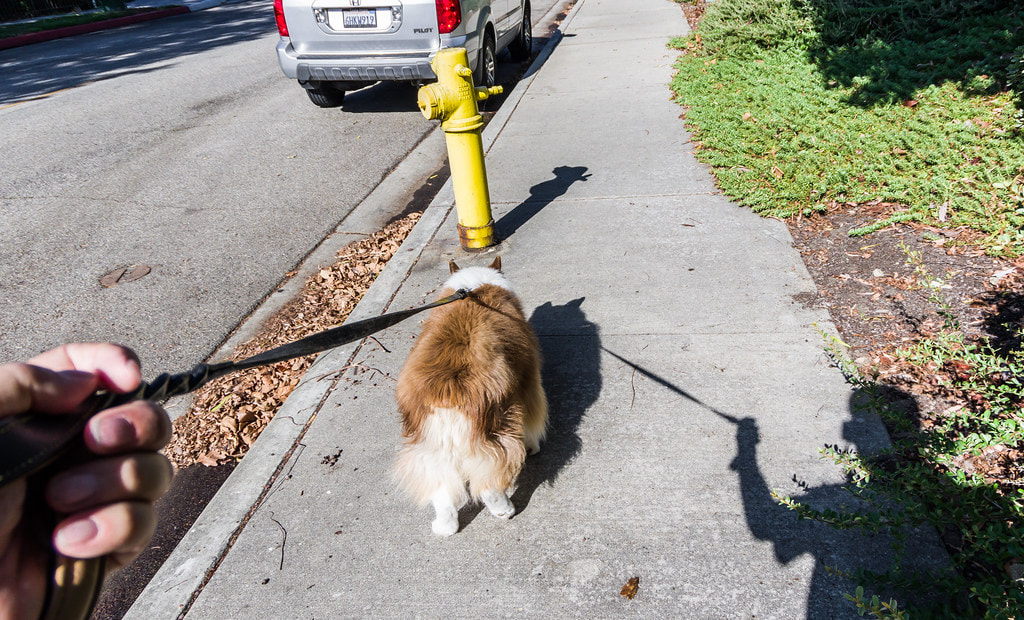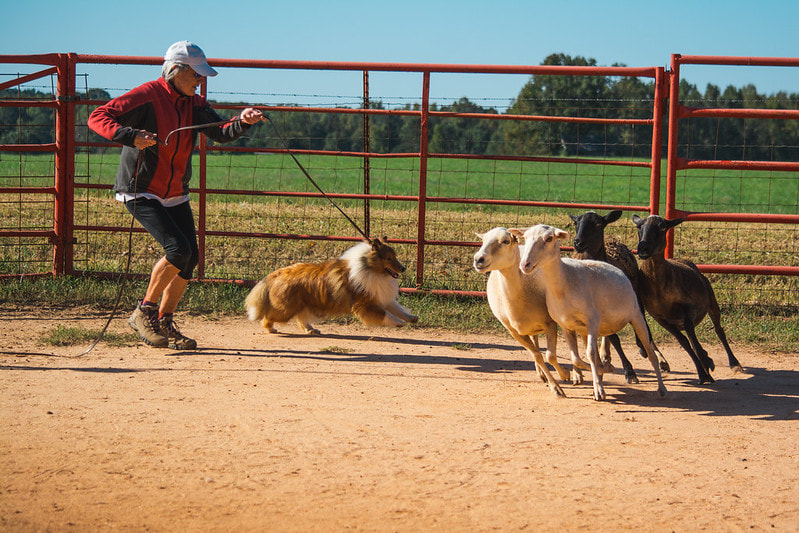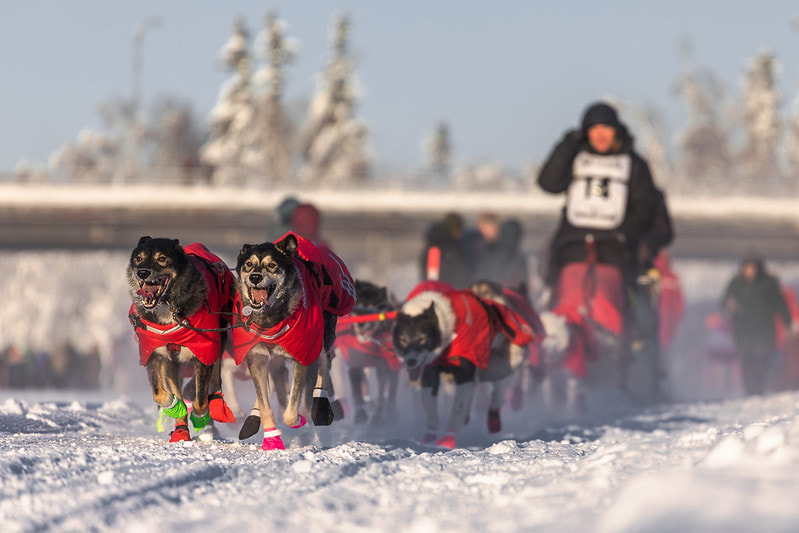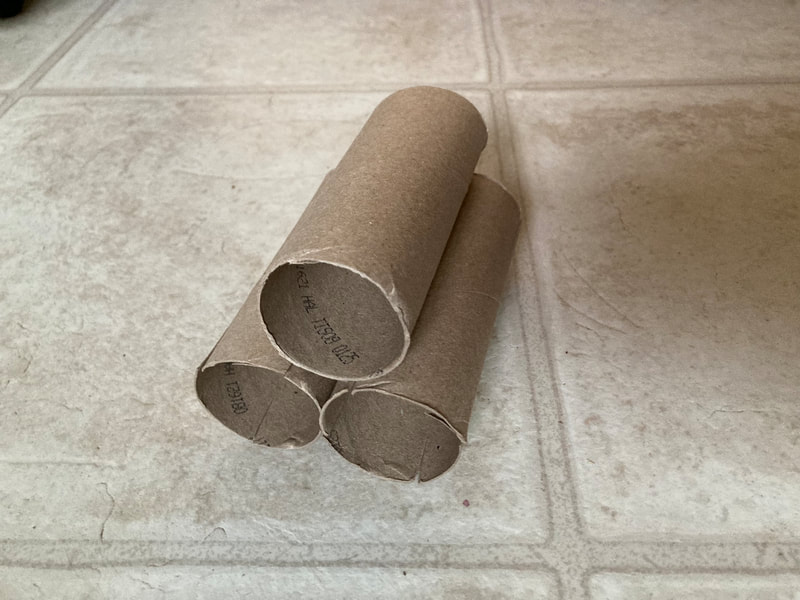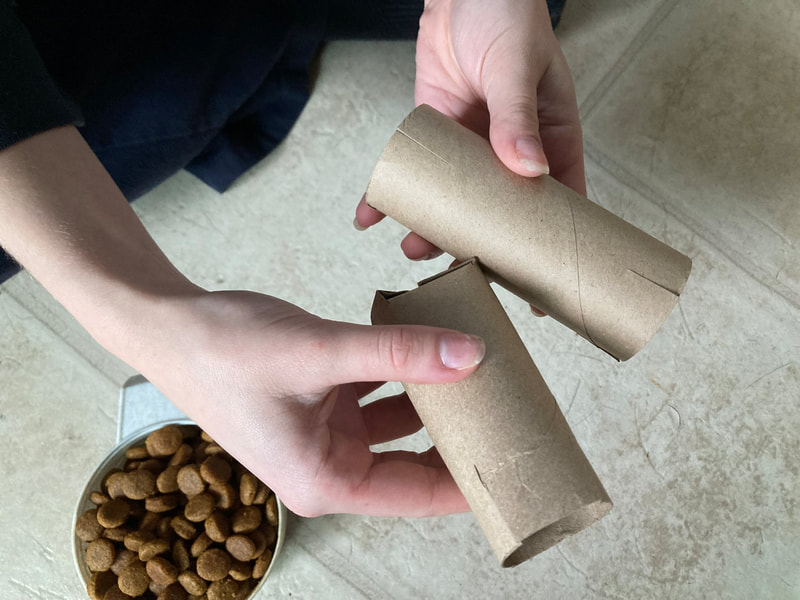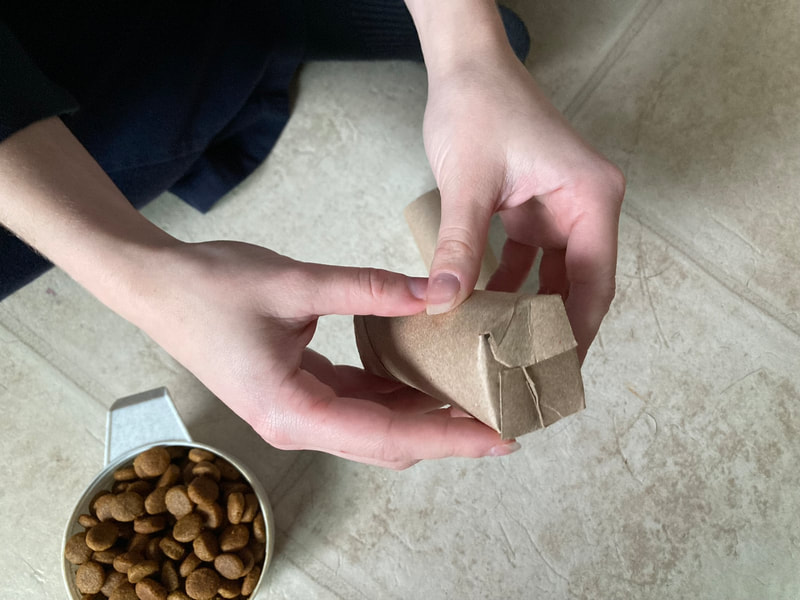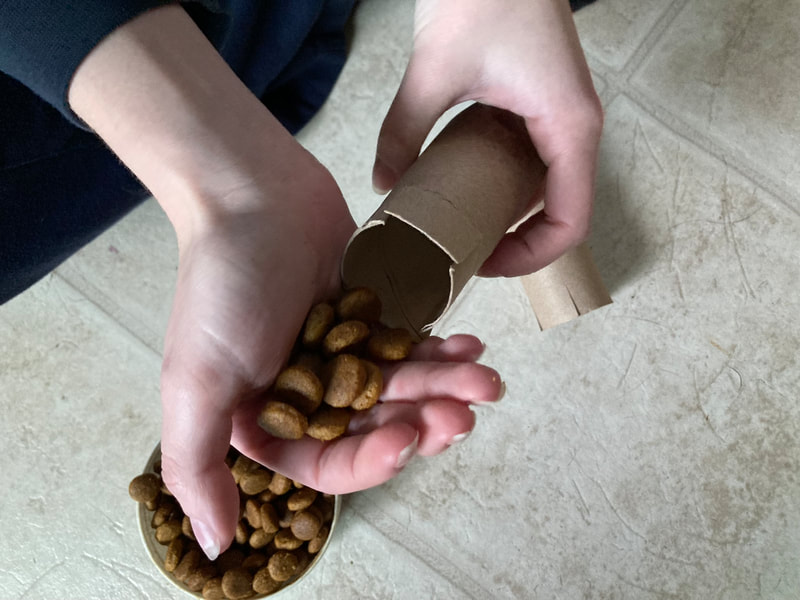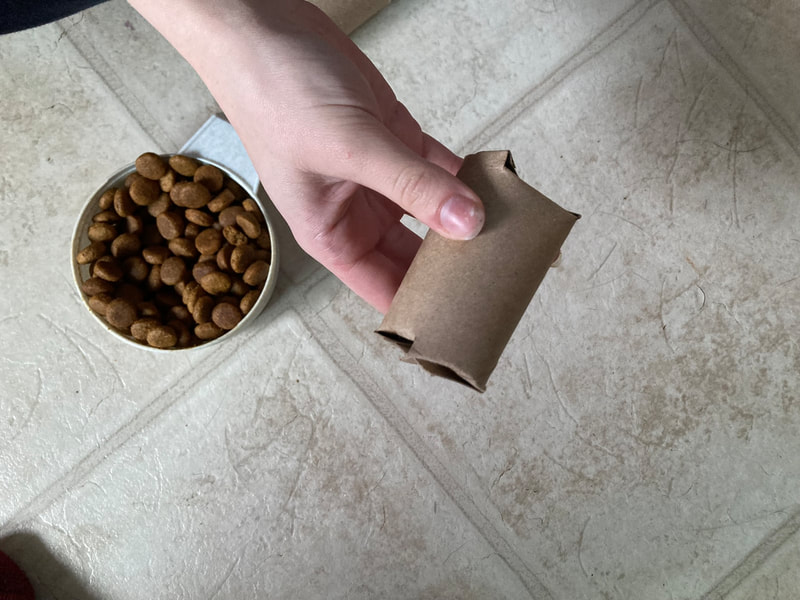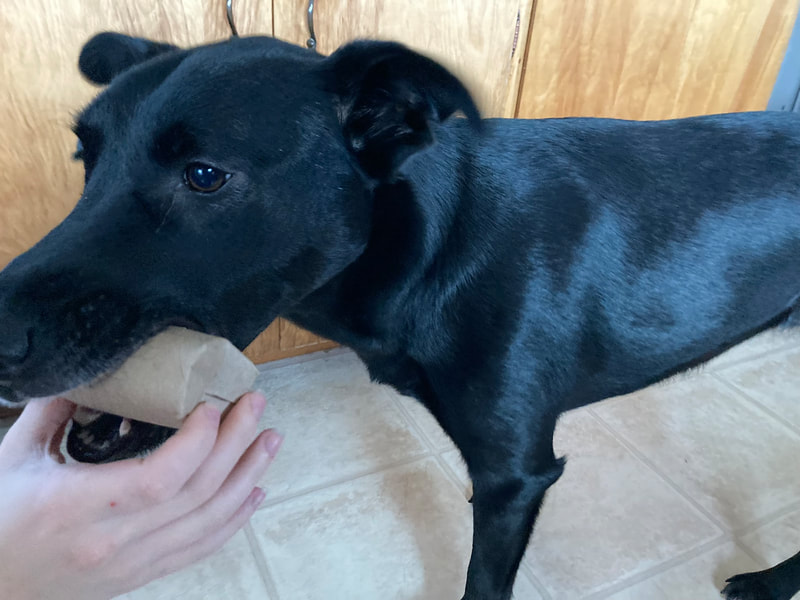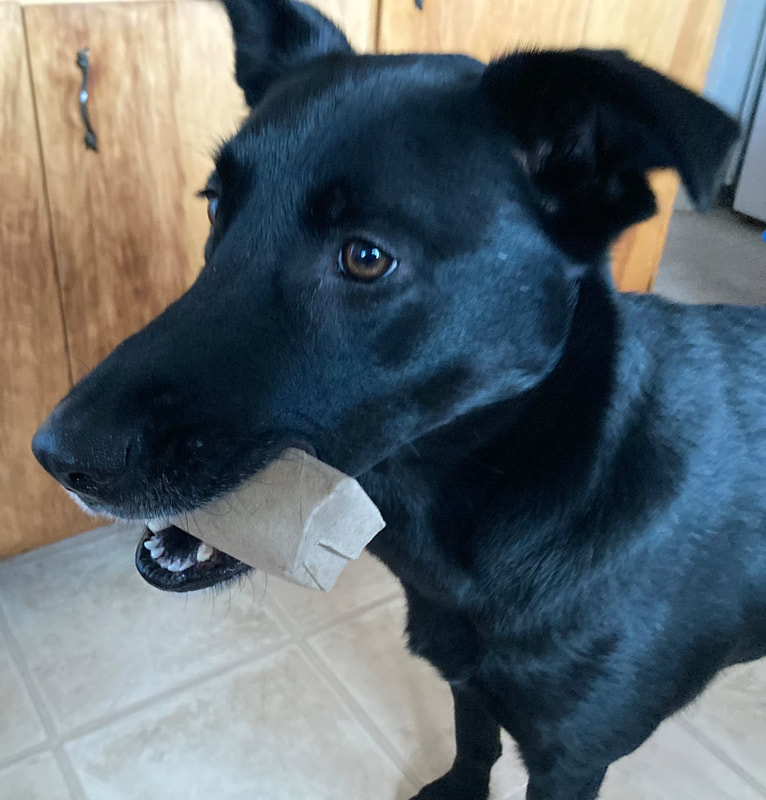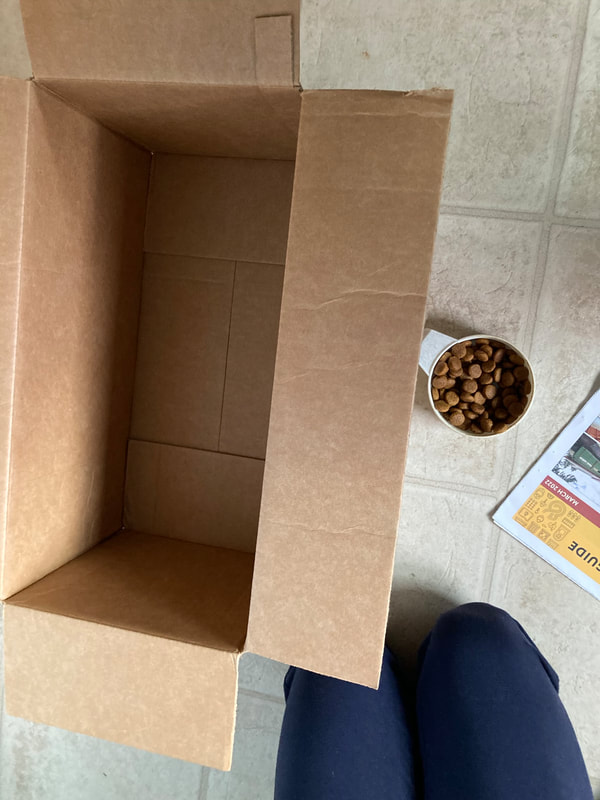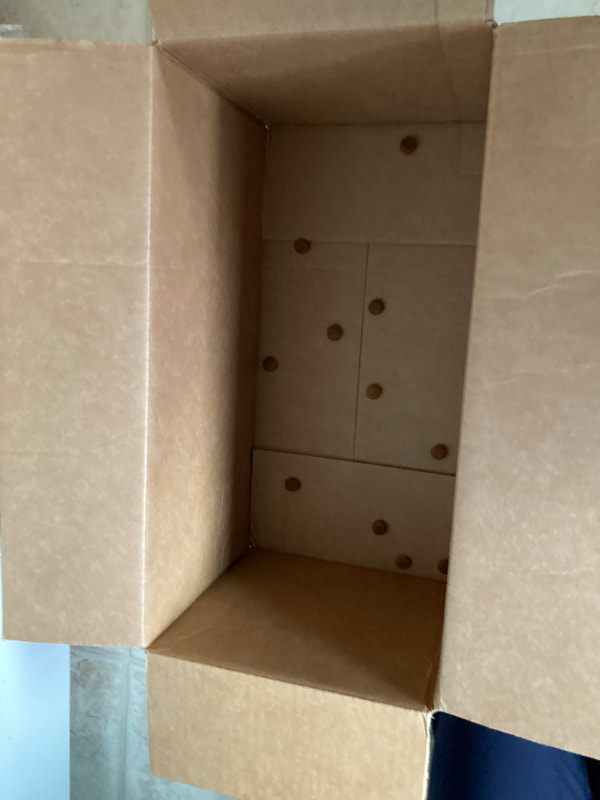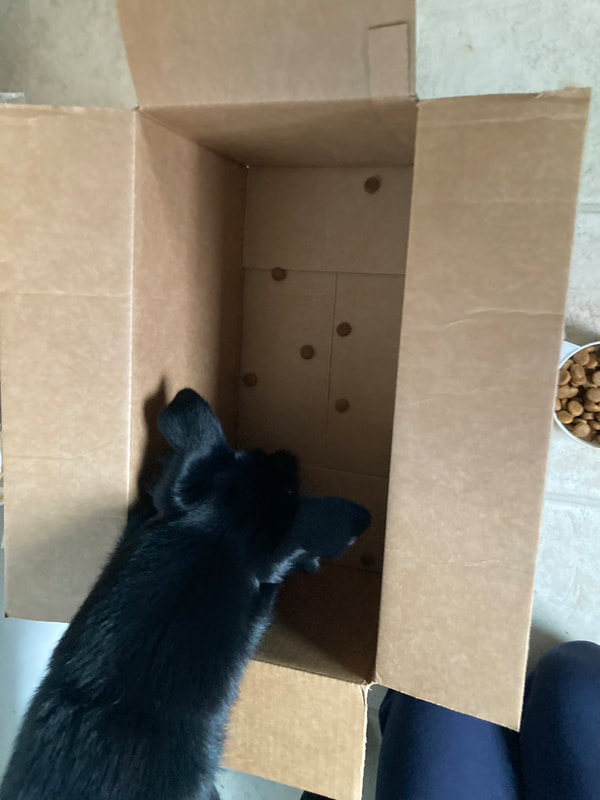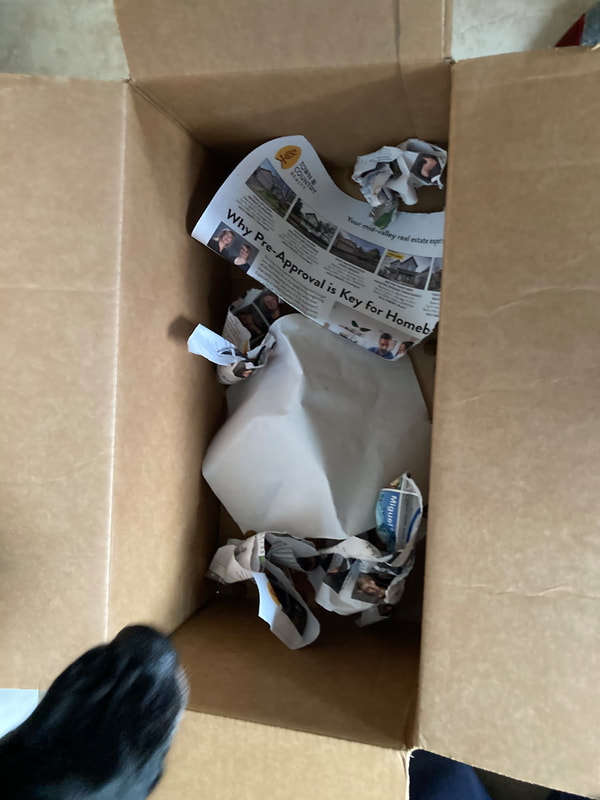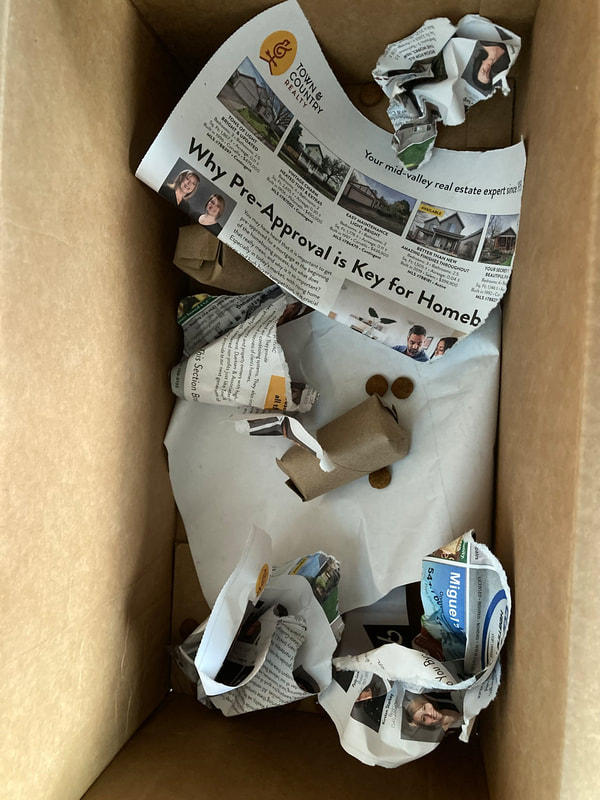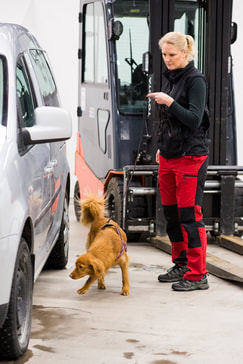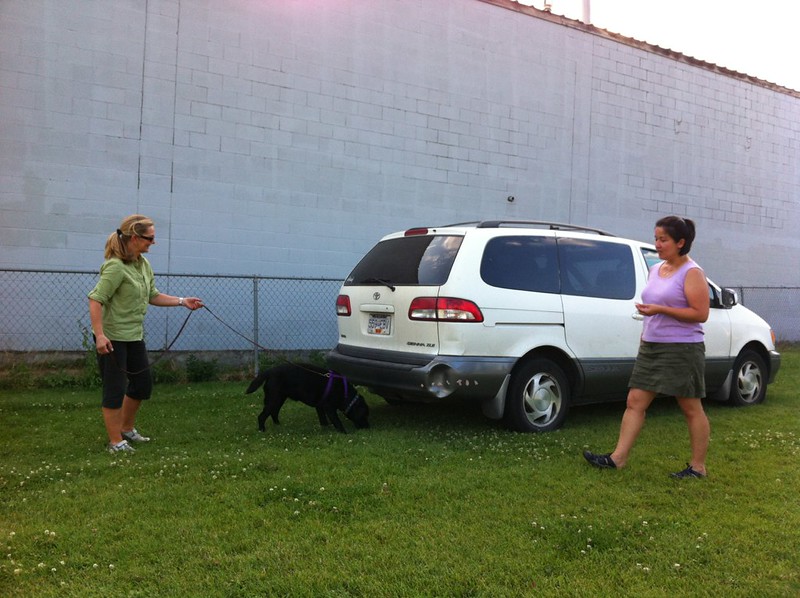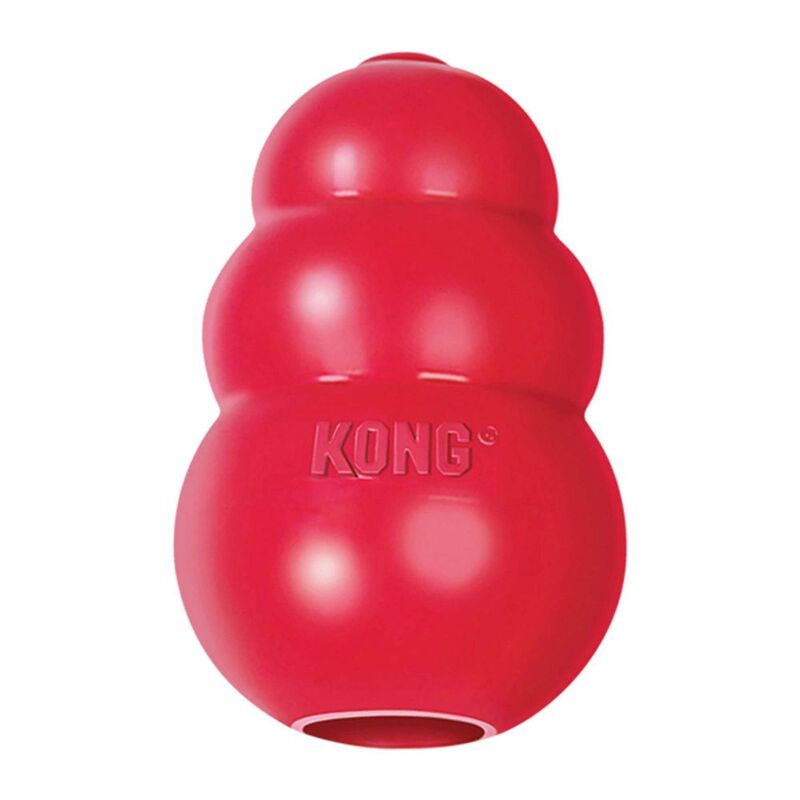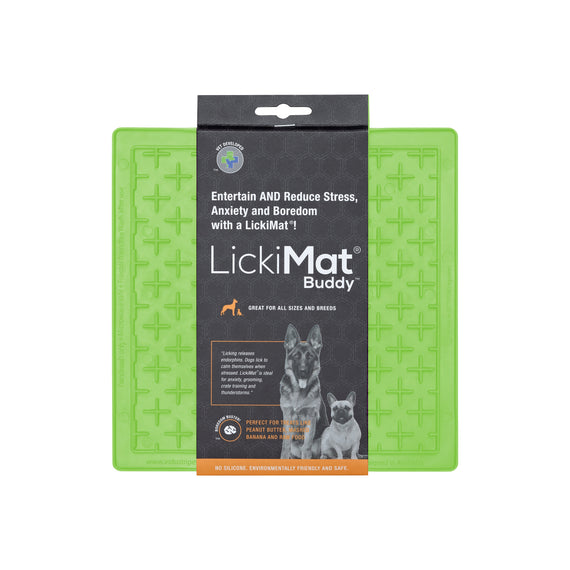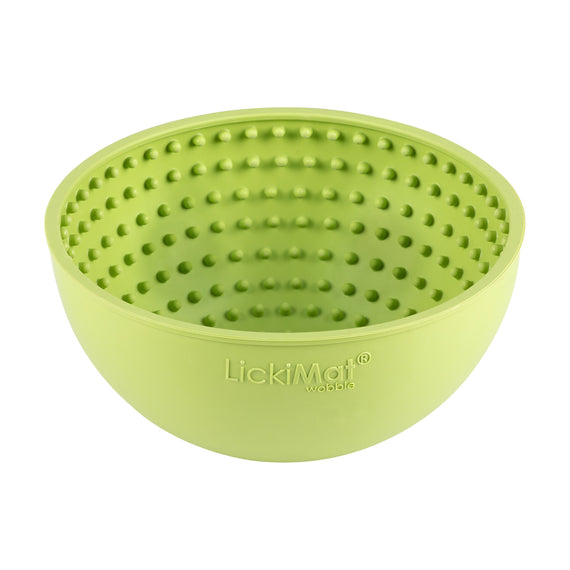Why is mental enrichment important? |
|
Just like other intelligent creatures, mental enrichment improves our dog's quality of life and helps fight off boredom, anxiety and other behavior problems. It's also more tiring than physical exercise! I've said it before- our modern world has evolved faster than our dogs. Many dogs were bred to perform jobs and now have no opportunity to fulfill their natural instincts. This is one of the many causes that contributes to behavior problems- the Australian Shepherd without sheep might choose to herd your family's young children instead, or the husky without a sled to pull might destroy things to stay occupied. Enrichment can be designed to take the place of breed specific jobs or to engage your dog's critical thinking skills and 6 senses.
|
How to create enrichment programs |
|
When I look to create enrichment programs, I'm evaluating what needs a dog has that aren't being met and which of the 6 senses they use most. For example, Margo is a mutt- but has many herding breed instincts- and likes to use her nose to track. So, our enrichment programs include lots of chasing, herding objects (like my ducks) and using her nose to find things. Some ideas for utilizing the 5 senses:
|
Recycled goods puzzles
This is my favorite type of enrichment to create! I collect specific types of recycling to utilize for these puzzles: toilet paper tubes, paper towel tubes, boxes, paper bags, egg cartons, plastic clamshell containers, and water bottles. The idea is to create varying levels of difficult by stacking, hiding, creating cutouts and being creative to let you dog hunt out their favorite snack. At first, you want to create really simple puzzles that your dog can solve. As they get more confident and figure out how the game works, you can increase the difficulty to keep them engaged. The goal is to get them using their brain and their senses to think critically and solve the puzzle- let them shred, roll, destroy and have fun! Remember to monitor your dog so that they do not ingest any of the recycling.
Nose work
|
Did you know that in dogs, the area of the brain dedicated to olfaction (smelling) is 40x larger than humans? This means that while we see the world through our eyes, they see it through their nose! Tapping into this natural ability can be a great way to give your dog a job, fulfill them and tire them out. The process is fairly simple:
|
Training
Finally, training can be an amazing way to bond with your dog and use their brain. I'm preferential to free shaping/clicker training for brain games. Did you ever play hot-and-cold as a kid? Your game partner would pick out an object in a room and tell you hot or cold as you got closer to or further away from the object. We can do the same thing to teach our dogs tricks with a clicker! The process looks like this:
My goal: I want Margo to retrieve a water bottle for me.
The steps:
- Charge your clicker so your dog learns click= treat
- Decide on a task or behavior you'd like your dog to learn and break it up into tiny tasks
- When your dog makes any sort of motion/action that could correctly lead them towards completing the task (tiny steps), click and reward. Repeat the click and reward for a few times until your dog understands exactly what they've done correctly.
- Up the ante and wait to click until they take another tiny step towards completing the final tasks. Repeat your clicks and rewards at this level until they've got the picture.
- Continue repeating these steps until you reach your final goal or your dog is tired and wants to take a break
My goal: I want Margo to retrieve a water bottle for me.
The steps:
- Look in the direction of the bottle
- Look at the bottle
- Move towards the bottle
- Sniff/engage/touch the bottle
- Lick/put mouth on the bottle
- Pick the bottle up
- Pick bottle up and take a step
- Pick bottle up and walk towards me
- Pick bottle up and bring it to me
- Pick bottle up, bring it to me and hand it to me
- Complete the behavior as one fluid motion
Get in touch!Located in Philomath, Oregon
|
|
Email: [email protected]
|
Call or text: 503-583-5776
|

